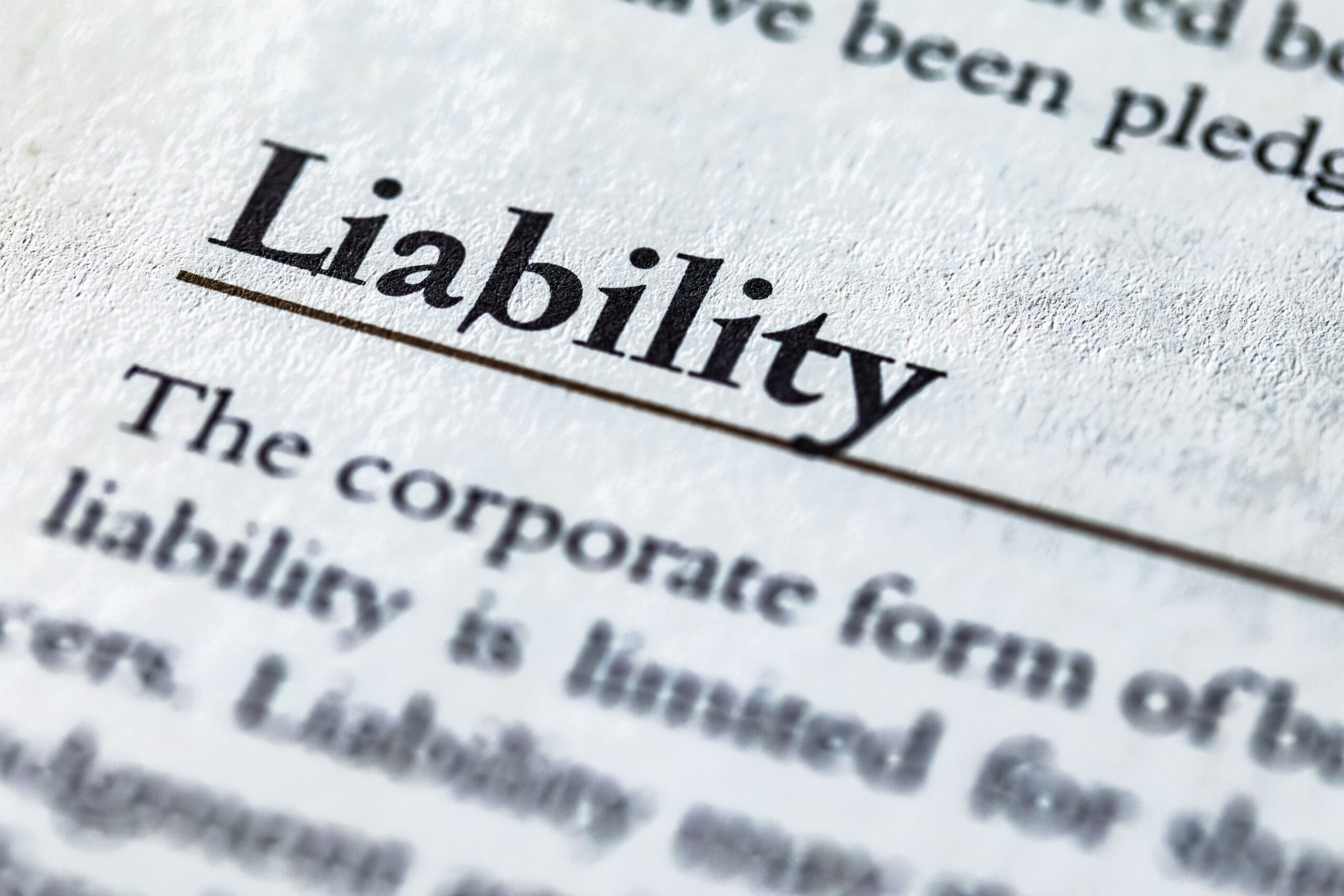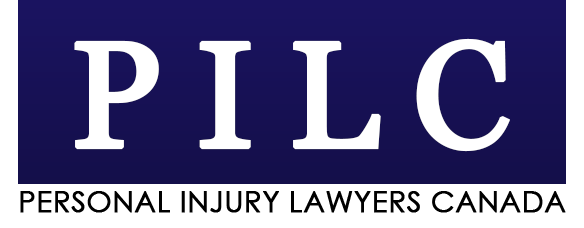Product Liability Injuries Claims: Holding Manufacturers Accountable for Consumer Safety

Every day, consumers rely on a wide range of products for their needs, from household appliances to automobiles and medical devices. While manufacturers have a responsibility to ensure their products are safe for consumer use, there are instances when defects or hazards in products can lead to injuries or even fatalities. Products liability injuries claims provide a legal avenue for individuals harmed by defective products to seek compensation and hold manufacturers accountable. This article explores the concept of products liability, common types of product defects, the elements of a product liability claim, and the importance of pursuing such claims.
Understanding Products Liability:
Product liability is an area of law that holds manufacturers, distributors, suppliers, and retailers accountable for injuries or damages caused by defective products. When a product defect exists, and it leads to harm or injury during normal and intended use, those injured can pursue a product liability claim against the responsible parties. These claims help ensure consumer safety, encourage product improvement, and provide compensation for those affected by defective products.
Types of Product Defects:
Products liability claims typically involve one or more of the following types of defects:
Design defects: These defects occur when the product’s design is inherently flawed or unreasonably dangerous, making it dangerous for consumers even when manufactured and used correctly.
Manufacturing defects: Manufacturing defects arise during the production or assembly of a product, making it deviate from the intended design or specifications. These defects can occur due to errors in the manufacturing process, substandard materials, or faulty components.
Marketing defects: Also known as “failure to warn” or “inadequate warning” defects, these occur when a product lacks proper instructions, warnings, or labels that adequately inform consumers of potential risks or hazards associated with its use.
Elements of a Products Liability Claim:
To pursue a successful products liability claim, the following elements are generally required:
Defective product: The plaintiff must demonstrate that the product was defective or unreasonably dangerous when used as intended.
Injury or harm: The plaintiff must prove that they suffered injury or harm while using the product as intended or as reasonably foreseeable.
Causal connection: It must be established that the product’s defect directly caused the injury or harm suffered by the plaintiff.
Product’s condition: The product must be in substantially the same condition as when it left the manufacturer or supplier. Alterations or modifications made after purchase may impact the claim.
Importance of Pursuing Products Liability Claims:
Pursuing a products liability claim serves several crucial purposes:
Consumer safety: Holding manufacturers accountable for defective products encourages them to prioritize safety during the design, manufacturing, and marketing processes, thereby reducing the risk of future injuries.
Compensation for victims: Products liability claims provide compensation for medical expenses, lost wages, pain and suffering, and other damages incurred due to the defective product.
Product improvements: Successful claims can lead to product recalls, redesigns, and improvements, ensuring that future consumers are not exposed to the same dangers.
Legal precedent: Products liability claims set legal precedents that establish standards of care and help shape consumer protection laws, further safeguarding the rights and safety of consumers.
Consulting an Attorney
If you believe you have been injured or harmed by a defective product, it is important to consult with an experienced products liability attorney. They can evaluate your case, gather evidence, navigate complex legal processes, and advocate for your rights in pursuing a product’s liability claim. An attorney can help determine liability, assess potential damages, negotiate with insurance companies or manufacturers, and, if necessary, litigate the case on your behalf.
In conclusion, product liability injuries claims serve as a crucial mechanism for holding manufacturers accountable and ensuring consumer safety. When defective products cause harm or injury, pursuing a products liability claim allows individuals to seek compensation, encourage product improvements, and establish legal precedents for future cases. By consulting with an experienced attorney and navigating the legal process, victims can assert their rights and advocate for the necessary remedies. Ultimately, products liability claims contribute to a safer marketplace, protect consumer interests, and provide justice for those affected by defective products.
